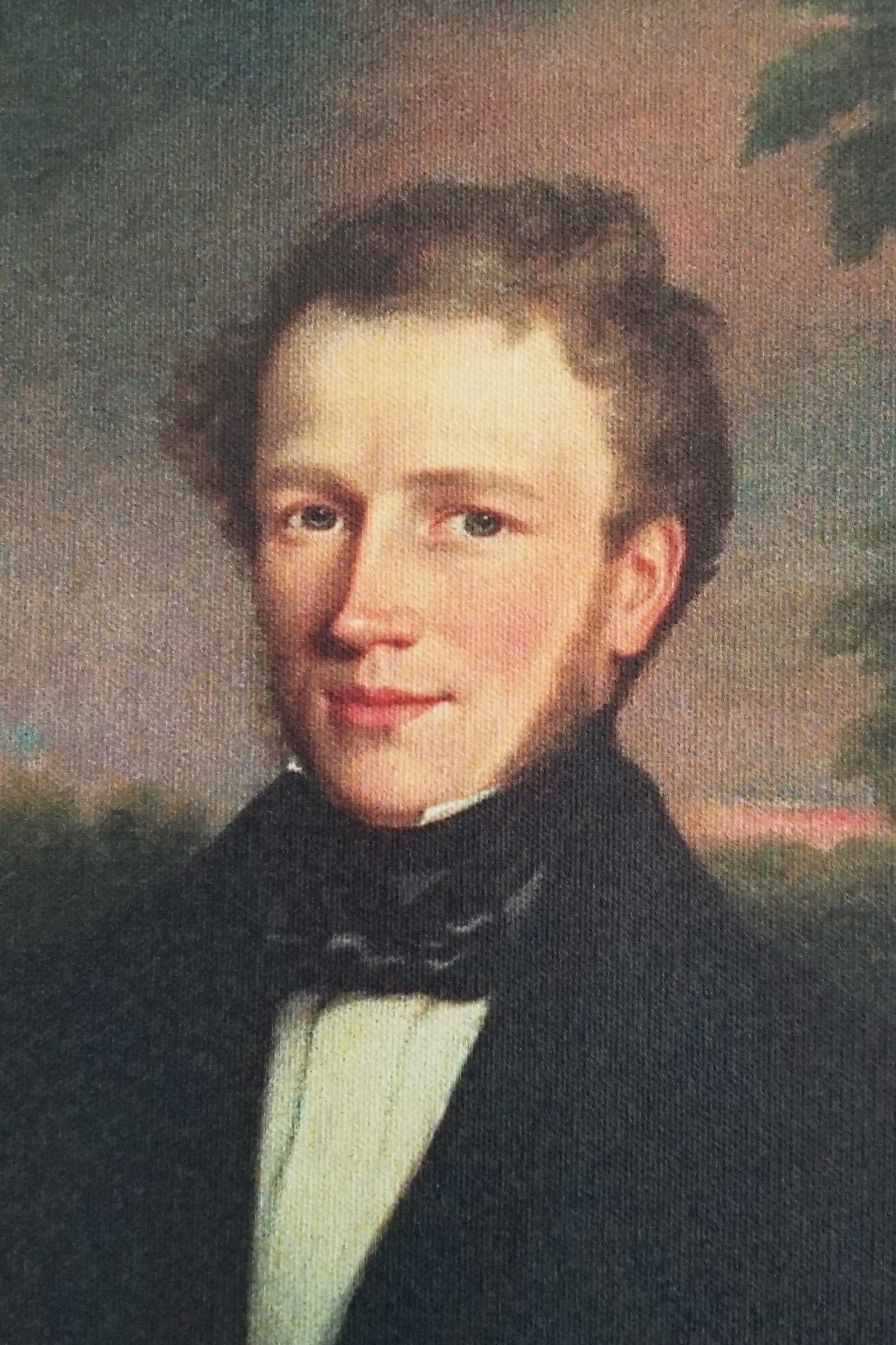John Gray (locomotive Engineer) on:
[Wikipedia]
[Google]
[Amazon]
 John Gray was an early English
John Gray was an early English
 John Gray was an early English
John Gray was an early English steam locomotive
A steam locomotive is a locomotive that provides the force to move itself and other vehicles by means of the expansion of steam. It is fuelled by burning combustible material (usually coal, oil or, rarely, wood) to heat water in the locomot ...
engineer who introduced several innovations in locomotive design during the 1830s and 1840s. John Gray's origins were thought to be unknown but he appears to have originated from Newcastle. John Gray was born 29 August 1810 in Newcastle upon Tyne, Northumberland, England.
Career
Innovations
In 1838 he was working for theLiverpool and Manchester Railway
The Liverpool and Manchester Railway (L&MR) was the first inter-city railway in the world. It opened on 15 September 1830 between the Lancashire towns of Liverpool and Manchester in England. It was also the first railway to rely exclusively ...
where he was the first engineer to use the balanced slide valve
The slide valve is a rectilinear valve used to control the admission of steam into and emission of exhaust from the cylinder of a steam engine.
Use
In the 19th century, most steam locomotives used slide valves to control the flow of steam into ...
on locomotives, and later applied a form of expansion gear. In 1840 he was appointed locomotive superintendent of the Hull and Selby Railway
The Hull and Selby Railway is a railway line between Kingston upon Hull and Selby in the United Kingdom which was authorised by an act of 1836 and opened in 1840. As built the line connected with the Leeds and Selby Railway (opened 1834) at Selby ...
where he became the first locomotive engineer to use long-travel valve motion.
Locomotive superintendent
In 1845 he was appointed locomotive superintendent of the Croydon Dover and Brighton Joint Committee, which then operated the pooled locomotive fleets of theLondon and Croydon Railway
The London and Croydon Railway (L&CR) was an early railway in England. It opened in 1839 and in February 1846 merged with other railways to form the London Brighton and South Coast Railway (LB&SCR).
Origins
The Croydon line and other railways
Th ...
, the South Eastern Railway and the London and Brighton Railway
The London and Brighton Railway (L&BR) was a railway company in England which was incorporated in 1837 and survived until 1846. Its railway ran from a junction with the London and Croydon Railway (L&CR) at Norwood – which gives it access fro ...
. On the dissolution of this committee and the formation of the London Brighton and South Coast Railway
The London, Brighton and South Coast Railway (LB&SCR; known also as the Brighton line, the Brighton Railway or the Brighton) was a railway company in the United Kingdom from 1846 to 1922. Its territory formed a rough triangle, with London at its ...
in 1846 Gray was appointed Locomotive Superintendent
Chief mechanical engineer and locomotive superintendent are titles applied by British, Australian, and New Zealand railway companies to the person ultimately responsible to the board of the company for the building and maintaining of the locomotive ...
at Brighton works
Brighton railway works (also known as Brighton locomotive works, or just the Brighton works) was one of the earliest railway-owned locomotive repair works, founded in 1840 by the London and Brighton Railway in Brighton, England, and thus pre-da ...
. However in 1847 he was dismissed from this post as a result of problems over the late delivery of locomotives from Timothy Hackworth
Timothy Hackworth (22 December 1786 – 7 July 1850) was an English steam locomotive engineer who lived in Shildon, County Durham, England and was the first locomotive superintendent of the Stockton and Darlington Railway.
Youth and early work ...
.
References
{{DEFAULTSORT:Gray, John English engineers English railway mechanical engineers Locomotive builders and designers Locomotive superintendents London, Brighton and South Coast Railway people Year of birth missing Year of death missing